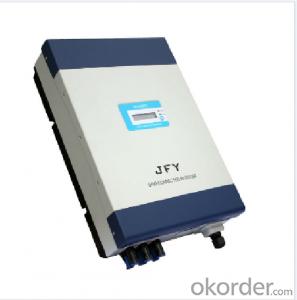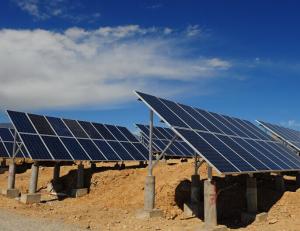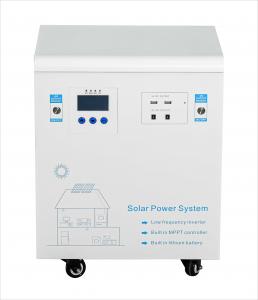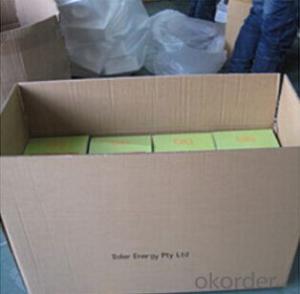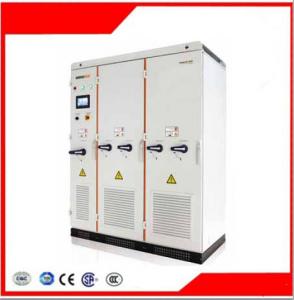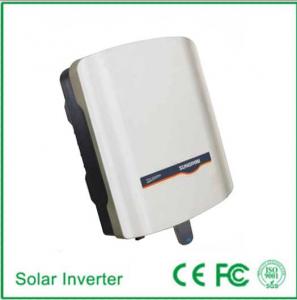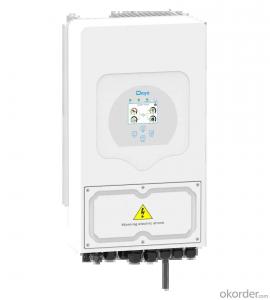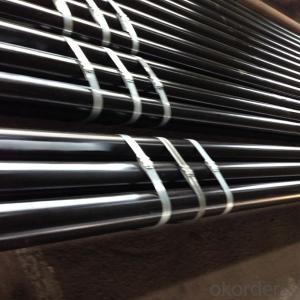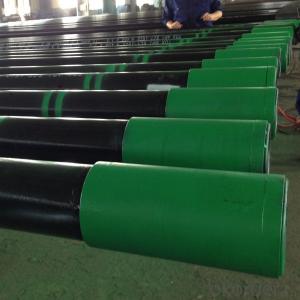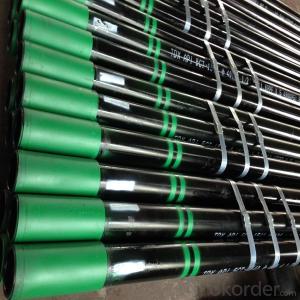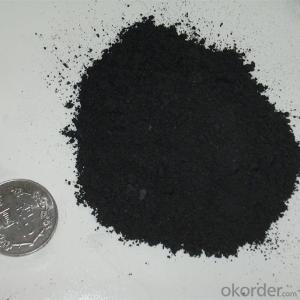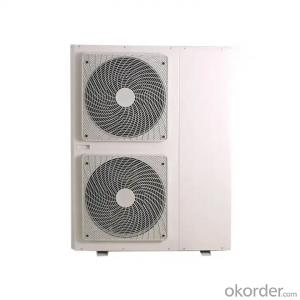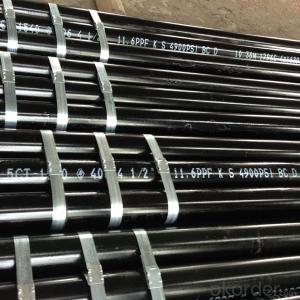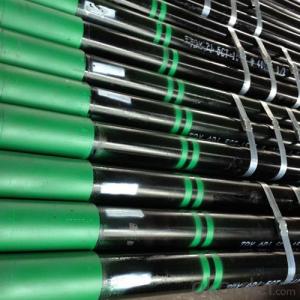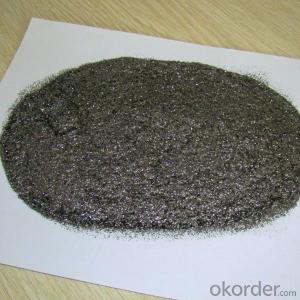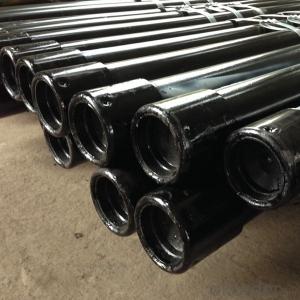Ge Lv5 Solar Inverter
Ge Lv5 Solar Inverter Related Searches
Ge Solar Inverter Lg Solar Inverter 5 Kilowatt Solar Inverter 5 Kva Solar Inverter Lg Inverter Solar 5.5 Kva Solar Inverter Solar 5kw Inverter 5kv Solar Inverter Solar 5kva Inverter 5k Solar Inverter 5.5 Kw Solar Inverter 5kw Solar Inverter 5kva Solar Inverter Inverter For 5kw Solar System Ge Brilliance Solar Inverter Solar Inverter 5.5kw 5kw Solar Power Inverter Growatt 5kw Solar Inverter Lvrt Solar Inverter Growatt Solar Inverter 5kw 5kw Solar Panel Inverter Solar Power 5kw Inverter 5 Kw Hybrid Solar Inverter 5kw Inverter Solar System 5kw Solar Hybrid Inverter Go Solar Inverter Hybrid Solar Inverter 5kw 5kva Inverter Solar System Rv Solar Inverter 5kw Solar Inverter For SaleGe Lv5 Solar Inverter Supplier & Manufacturer from China
The Ge Lv5 Solar Inverter is a high-performance solar power conversion device designed to maximize energy yield from solar panels. This advanced inverter is equipped with cutting-edge technology, ensuring efficient and reliable operation in various solar energy applications. It is specifically engineered to cater to the needs of residential, commercial, and utility-scale solar installations, making it a versatile choice for harnessing solar energy.The Ge Lv5 Solar Inverter is widely used in a variety of settings, from small-scale residential rooftop systems to large-scale solar farms. Its robust design and advanced features make it suitable for diverse climates and conditions, ensuring consistent performance and longevity. This inverter plays a crucial role in converting the direct current (DC) generated by solar panels into alternating current (AC), which can be fed into the grid or used to power electrical appliances directly.
Okorder.com is a leading wholesale supplier of the Ge Lv5 Solar Inverter, boasting a substantial inventory to cater to the growing demand for efficient solar energy solutions. As a trusted distributor, Okorder.com offers competitive pricing and reliable service, ensuring that customers receive top-quality products at the best possible value. By partnering with Okorder.com, businesses and individuals can access the Ge Lv5 Solar Inverter and harness the power of solar energy with confidence and ease.
Hot Products


